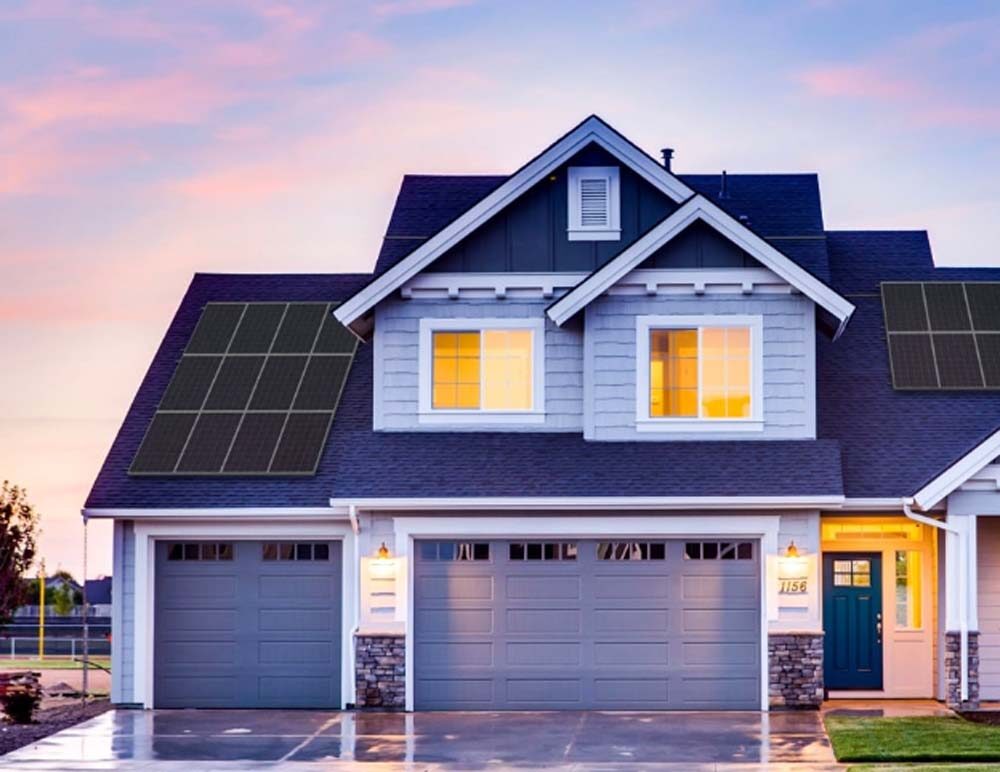Utilities have used a variety of tactics to change the economics of customer-sited rooftop PV away from retail-rate net metering, and to recoup a larger portion of the revenue that they lose when customers are wiping out their net electricity usage.
These include attempting to reduce compensation for electricity exported to the grid, implementing charges solely on PV system owners, and increasing the fixed charge portion of customer bills.
The final approach – increased fixed charges – has been the most popular with utilities. According to North Carolina Clean Energy Technology Center’s (NCCETC) Q2 2016 50 States of Solar report increased fixed charges were the most common policy being decided in the 42 states that took some form of action on distributed solar policy.
NCCETC reports that 42 utilities in 25 states and Washington D.C. either had pending or decided requests to increase monthly fixed charges on residential customers by at least 10% during Q2. This is actually down from Q1, when 61 utilities in 30 states proposed fixed charge increases. Overall, more than 1/5 of all U.S. investor-owned utilities have proposed such increases.
However, while these moves are popular, they remain largely unsuccessful. Report author Autumn Proudlove says at in over half the cases decided so far in 2016, utilities have not been allowed to increase fixed charges.
Utilities have also not given up on changing or eliminating net metering, which has been identified by trade group Edison Electric Institute as an existential threat to the utility business model. NCCETC finds that 24 states considered or enacted changes to net metering policies during Q2.
The value of electricity exported to the grid from distributed solar continues to be a defining part of these policy discussions, and 15 states and Washington D.C. formally examined or decided to examine some part of the value or distributed generation, or costs and benefits of net metering.
Previous reports have documented that who pays for these investigations often determines their outcomes. Utility-funded studies have consistently found a “cost shift”, in which PV system owners are being subsidized by other utility customers, while studies funded by legislatures and regulators almost never find a cost shift.
Instead, such reports consistently find that the value of distributed solar to the grid is higher than retail electricity, as rooftop solar can reduce the need for new grid infrastructure, reduce wear on existing infrastructure, eliminates transmission losses, and can provide for greater stability – not to mention social and environmental benefits.
Community solar is also becoming a hot issue, with 11 states taking some form of policy action on community solar during Q2.
This content is protected by copyright and may not be reused. If you want to cooperate with us and would like to reuse some of our content, please contact: editors@pv-magazine.com.









7 comments
By submitting this form you agree to pv magazine using your data for the purposes of publishing your comment.
Your personal data will only be disclosed or otherwise transmitted to third parties for the purposes of spam filtering or if this is necessary for technical maintenance of the website. Any other transfer to third parties will not take place unless this is justified on the basis of applicable data protection regulations or if pv magazine is legally obliged to do so.
You may revoke this consent at any time with effect for the future, in which case your personal data will be deleted immediately. Otherwise, your data will be deleted if pv magazine has processed your request or the purpose of data storage is fulfilled.
Further information on data privacy can be found in our Data Protection Policy.